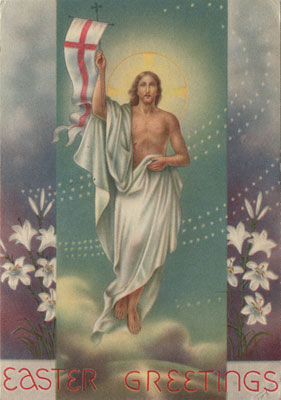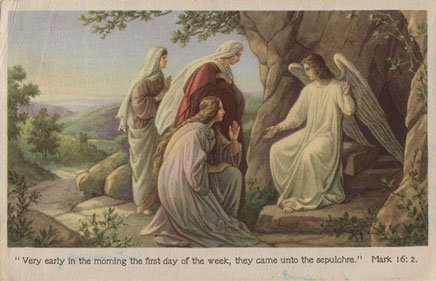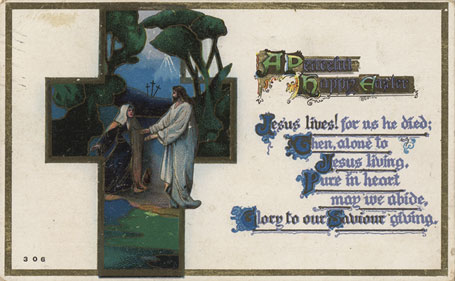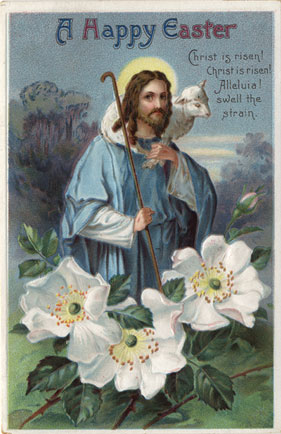Easter is the most jubilant of celebrations in the Christian church. No Easter bells can ring loud enough or long enough for the holy joy that the church has celebrated since its beginning for the Resurrection of its Lord and Savior. While Jesus' Incarnation as an infant and Crucifixion for the sins of the world are also foundation stones to Christian faith, the crowning event of his life in our Christian faith is his rising from the dead. Some parts of the church prepare forty days for Easter, beginning on Ash Wednesday, by observing Lent with penitence and fasting to anticipate Jesus' Passion (especially on Maundy Thursday and Good Friday); they then continue their Easter celebration for fifty days until Pentecost (Whitsunday). The Apostle Paul declares (and historic creeds confirm it)...
If there is no resurrection of the dead, then not even Christ has been raised. And if Christ has not been raised, our preaching is useless and so is your faith...your faith is futile; you are still in your sins. ...But Christ has indeed been raised from the dead, the firstfruits of those who have fallen asleep. (1 Corinthians 15:13-14,17,20, NIV)
These Bulletin Board postcards are evidence of Easter celebration a century ago. Two of the cards capture several moments from the Gospel narratives (the angel announcing the Resurrection to three women and Jesus greeting Mary Magdalene), while the other two consist of more symbolic images (Jesus with the flag of victory and Jesus the the Good Shepherd). The symbolism captured in these four and other Easter postcards from this period are not unfamiliar to us now, including the empty cross, Jesus' nail-pierced body, halos, lilies, the Good Shepherd with one or more lambs, angels and the women at the empty tomb. (Other cards from the era also include clergy and nuns, choristers, floral crosses, Easter eggs, child angels or rabbits.) The cards are also notable in their more sentimental depiction of Jesus and florid style. (The reverse sides of the postcards add only minimal information.)
- (top) 88.528. Includes a brief note on the back wishing the recipient a happy Easter and asks how they are doing.
No postmark. Published by Insola Art Co., New York. Litho. in U.S.A., undated.
- (middle left) 88.529. Blank, published by S.P. Co., printed in the U.S.A., undated.
- (middle right) 83.505. The only card featured with a postmark (December 30, 1915), it was sent days after Christmas with a thank you for a present and accompanying letter. Undated.
- (below) 85.665. Blank, published by International Art Publ. Co., New York Berlin, printed in Germany, undated.
These postcards come from the Archives' Collection 636 -- Postcard Collection, acquired by the Billy Graham Museum in 1983, 1985 and 1988, and transferred to the Archives in 2006. The collection consists of many hundreds of postcards, all related to evangelism or American religious history. Also see other resources on postcards in this collection at ...
|
![]()



